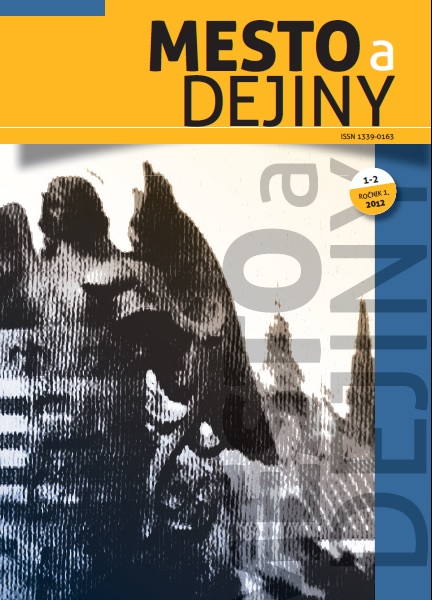Opava as a Part of the Medieval Communication Network
Opava as a Part of the Medieval Communication Network
Author(s): Petr ChlebecSubject(s): History, Archaeology, Local History / Microhistory, Political history, Social history, Middle Ages, 6th to 12th Centuries, 13th to 14th Centuries, 15th Century
Published by: Univerzita Pavla Jozefa Šafárika v Košiciach
Keywords: Opava; Moravian-Silesian border; Roads; The Middle Ages; Merchant; City;
Summary/Abstract: At the beginning of 13th century, the city of Opava was formed on the right bank of the river of the same name. Although in the early days, it fulfilled a defensive function at the frontier of Moravia; in the subsequent years, it began to assume a role of an economic centre on the Moravia-Silesia border. The city has been situated on a traditional north-south connection, the Amber Road, which adjoined with the Jeseník Road and continued to Olomouc; it was in the proximity of the east-west road, „Hohe Strasse“, connecting Wroclaw and Krakow. Opava had a function of an important regional centre, which was connected with an area of mining activities in Jeseník. In the first half of 14th century, the road, which led through Litultovice, Šternberk and to Olomouc, was known as „Public ducis Opawie strata“. The economic situation of the city was influenced by interventions of Czech and Polish kings, Moravian margraves and the lords of Opava.
Journal: The City and History (Mesto a dejiny until 2019)
- Issue Year: 1/2012
- Issue No: 1-2
- Page Range: 132-138
- Page Count: 7
- Language: English

